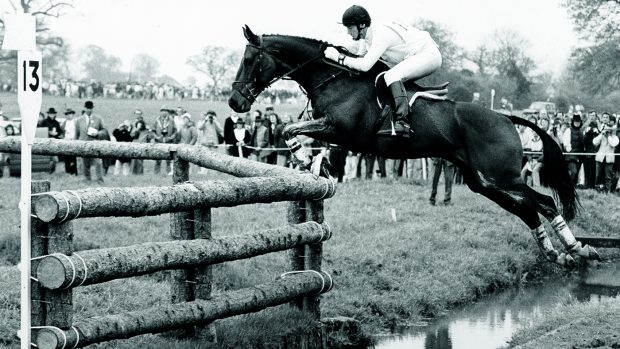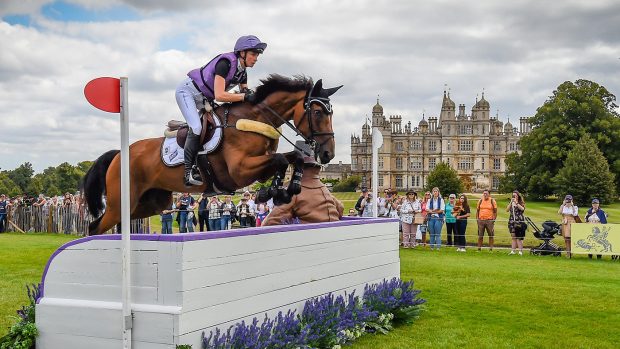So, today I’m going to let you know a secret. Shhhh… An exciting, dressage-based secret, which is a bit late for this year’s Land Rover Burghley Horse Trials, but which will allow you to massively impress your friends whenever you watch 4-star dressage in the future.
Firstly, I’m going to tell you how dressage scoring works in eventing. And then, I’m going to tell you how to guesstimate an eventing dressage score as the test progresses. Excited? You should be.
How eventing dressage scoring works
How eventing dressage scoring works is a question I always get asked on H&H Live, so here’s the answer. Firstly, each judge gives a mark for each movement out of 10, which are calculated to give a plus points total (out of 300 in the dressage test used at Burghley this year). These are then turned into a percentage mark for each test and an average across the three ground jury members is calculated (eg 65%). So far, so good — just like pure dressage.
However, where eventing dressage differs from pure dressage is that this now needs to be turned into a penalty score. This is done by taking the percentage away from 100 (eg 100-65=35). This gives the penalty score you would receive at a national British Eventing horse trials.
But at FEI (international) events, there is a coefficient of 1.5 applied to the dressage score, so that penalty score is multiplied by 1.5 to give the final penalty score (eg 35×1.5=52.5).
The effect of the coefficient is to split the scores further apart, so mathematically the dressage is more influential at international competitions than national (depending, in practice, on the difficulty of the cross-country etc).
Had Burghley this year been a national competition, Jock Paget would have been 1.56 penalties ahead of Ingrid Klimke, while in fact he is 2.3 penalties ahead. In real terms, that means he can be 5sec over the optimum across country and still be ahead of her, while at a national competition, he could only be 3sec (assuming she goes clear inside the time).
Please note, I’m not getting into whether that’s right or wrong — another day, another time, no space here. I’m just explaining how it works.
Guesstimating a score as the test progresses
Part 2 of today’s dressage maths lesson is how to guesstimate a 4-star dressage score as the test progresses. I learnt this from my Dad, which is proof that no dressage knowledge is necessary, only mathematical skill.
You need to be where you can see the scoreboard with each movement’s marks coming up. As the first 3 judges’ marks come up, do a quick estimate of the average — I never do this in actual numbers, more “6 to 7, nearer 7” if they score 6/7/7. As the scores keep coming up, adjust this in your head so you keep a running total (“down to 6 and a half, up to nearer 7, oooh a mistake, below 6”).
At the end, all you need to know is this: in FEI dressage, 60% (mainly scored 6s)=60 penalties, 70% (mainly 7s)=45 penalties, 80% (mainly 8s)=30 penalties. Position your mark relative to this — if they averaged exactly halfway between 6 and 7, they will score 52.5. If they were nearer 7, maybe in the high 40s.
With practice, you can be accurate to within about 2 marks either side of the final mark. Be cautious initially as you practise: “High 40s.” “Mid 50s.” Once you feel more confident, you can seriously impress friends with exact guesses.
Perhaps once in a lifetime you will be lucky/skilful enough to hit the exact mark — it happened to me in the mixed zone at Badminton after William Fox-Pitt’s test on Parklane Hawk this year. A happy, happy moment in the life of an eventing stats geek.




